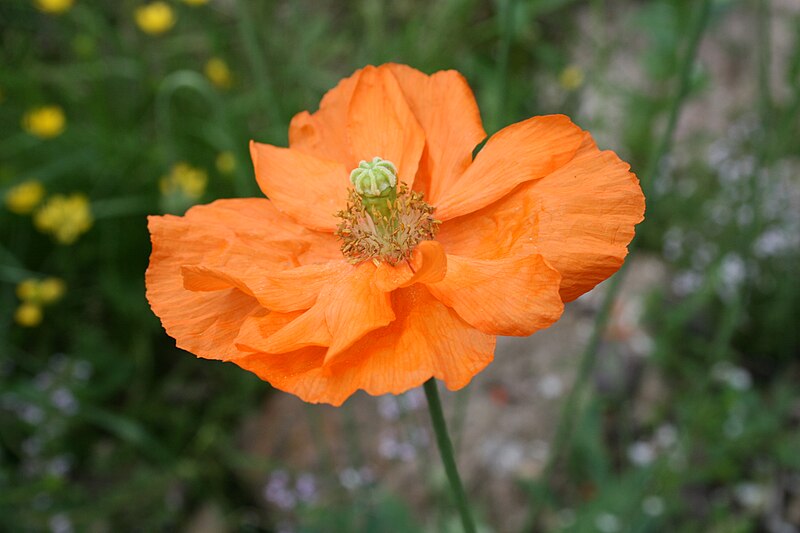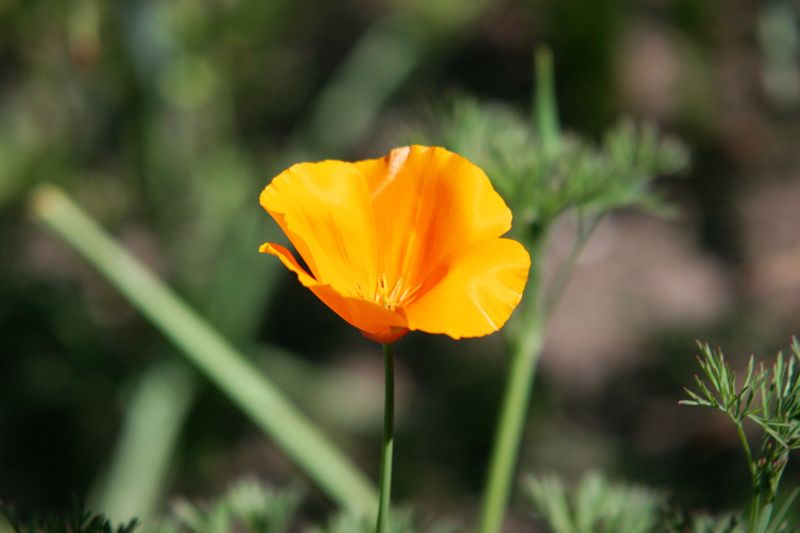I think part of the trick is to make the most of our necessary trips into urban areas - what do we notice when we go in for other purposes and what's present on our own doorsteps? Over the last few months I've been making the most of my half hour lunch breaks and taking a regular walk around the streets and paths within (at most) a 500m radius of my office in Holbeck, Leeds (VC63). I've been surprised what I've found and I hope the following, with a little help from Wikimedia Commons, inspires others to do something similar. Here are a few of the highlights to date.
New Zealand Bittercress (Cardamine corymbosa) (photo by Bernd Sauerwein)
Keeled-fruited Cornsalad (Valerianella carinata) (photo by Stefen Lefnaer)
Atlas Poppy (Papaver atlanticum 'Semiplenum') (photo by Uleli)
Californian Poppy (Eschscholzia californica) (photo by JeLuF)
Welsh Poppy (Meconopsis cambrica 'Aurantiaca') (photo by Svdmolen)
Eastern Rocket in its 1000's (Sisymbrium orientale) (photo byKurt Kulac)
Rat's-tail Fescue (Vulpia myuros) (photo by Harry Rose)
Small Toadflax (Chaenorhinum minus) (photo by Stefan Lefnaer)
Tutsan (Hypericum androsaemum) (photo by Kenpei)




.jpg/800px-Meconopsis_cambrica-03_(xndr).jpg)

.jpg/800px-Vulpia_myuros_plant3_(7429500698).jpg)


No comments:
Post a Comment